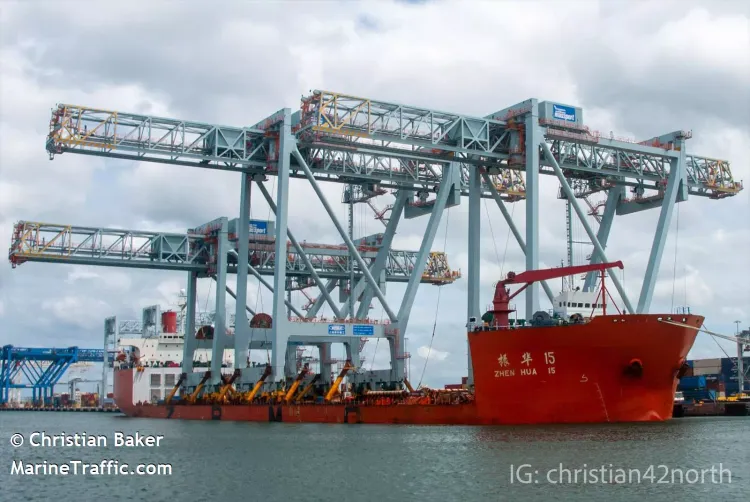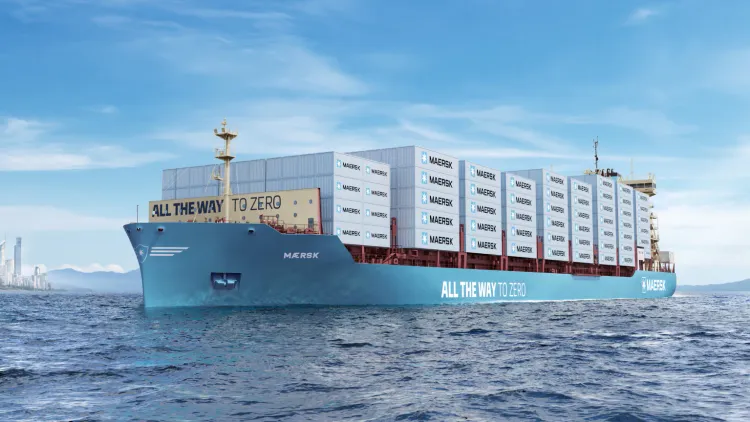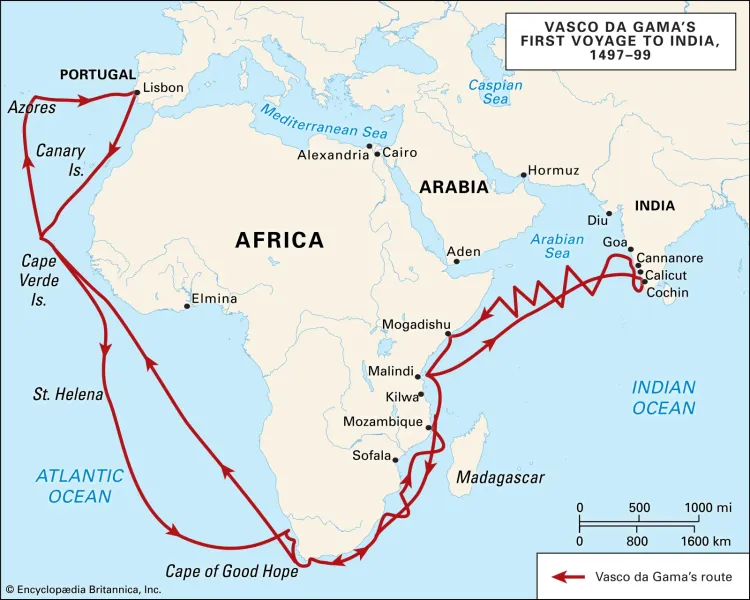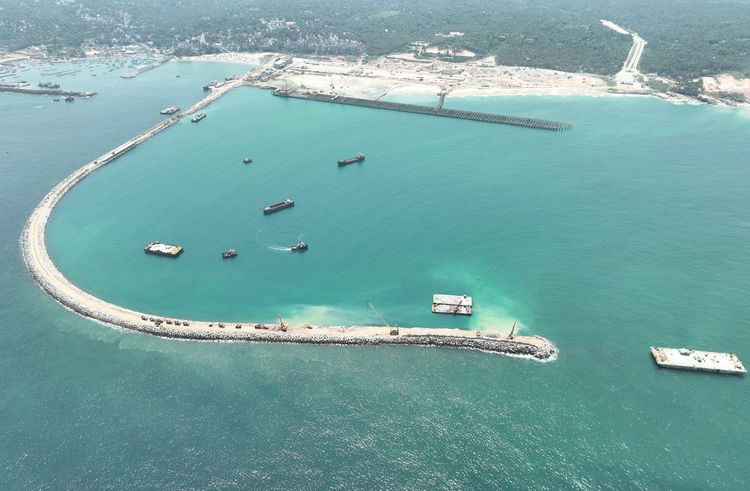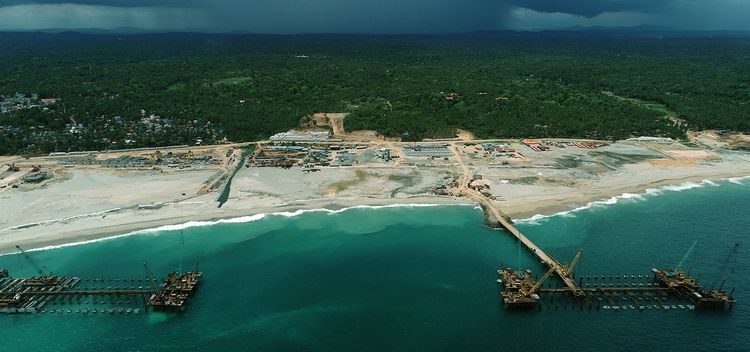Is it possible that a head of state would openly dictate their terms on the infrastructure plans of another nation? Unfortunately, there have been numerous instances of external pressure and underhanded tactics used for major deals and defence purchases, with the state leaders assuming the role of sales executives. However, this particular project is relatively small compared to the massive budgets of Indian states or the federal government.
According to media reports from Colombo, former Sri Lankan Prime Minister (currently President) Renil Wikramesinge demanded certain assurances from the Government of India regarding export-import (EXIM) cargo handling, previously handled by the Colombo port, during negotiations for the India-Japan-Sri Lanka agreement on the East Container Terminal (ECT) in the Colombo port. But the concept was ultimately scrapped due to protests from the local port trade union, Buddhist clergy, and civil society. India was later awarded the Western Container Terminal (WCT) as compensation for the ECT, which eventually went to Indian billionaire Gautam Adani. It's unclear if the previous requirement for EXIM cargo share to be routed through the Colombo port was a condition of the WCT deal.
One might wonder why a nation like Sri Lanka would be interested in India's EXIM cargo. The Colombo port handled a record 7.25 million Twenty-foot equivalent unit (MTEU) in 2021, a 5.84% increase from the previous year[1]. Of this, 5.8 MTEU was transshipment cargo, accounting for around 81% of the port's container throughput during the same period. Transshipment refers to containers loaded onto or off a mother vessel onto a feeder vessel, meaning Colombo acted as a transshipment terminal for 5.8 MTEU of inbound or outbound cargo. Is it the exceptional efficiency of the Colombo port that attracts or handles 81% of its containers from other countries? The flip side tells a different story!
India has 13 major ports, but none of them can handle mother vessels. The largest vessel currently in service, the MSC Irina, has a capacity of 24,346 containers. Such vessels require a minimum draft of 18 metres with ground clearance. But this isn't the only requirement - larger vessels always choose main shipping routes without many deviations for port calls. The Mundra port in Gujarat has a draft of 19 metres, but it's located more than 1,000 nautical miles away from main trade routes, prohibiting mother vessel visits. All other Indian ports have limitations like these, prompting many to consider alternative ports.
This is the decade-old story of the Vizhinjam project in Kerala, southern India. Despite numerous attempts since the era of the Travancore royal rulers, the port is yet to be operational. The Government of Kerala conceived the project with private participation three decades ago. Tender attempts failed numerous times and it was often mired in litigation, causing delays. National and international players such as the Chinese Harbour Engineering Company (with Zoom Developers as an Indian consortium partner), Lanco Kondapalli, and the Welspurn consortium were among the bidders. In 2015, the government finally found a promoter in Adani Ports and Special Economic Zone, Gujarat - a leading port operator in India. Work on the project began on December 5, 2015, in a fishing village called Vizhinjam, about 15 km south of the capital city Thiruvananthapuram.
The last seven years of the Vizhinjam project have been filled with obstacles. In 2017, Cyclone Ockhi and the subsequent uncertainty caused by the COVID-19 pandemic brought construction, which had already been slow in the early years, to a complete halt. Efforts to overcome these challenges were often hindered by unavailability of rocks for construction. At one point, it seemed that the project might be abandoned altogether. However, in 2021, things started to change. Minister Ahmed Devarkovil, who was put in charge of the port department in the second term of Pinarayi Vijayan government in Kerala, turned the Vizhinjam project around. Under his leadership, review meetings were regularly held, assessments were made, bottlenecks were systematically addressed, and the availability of stone was ensured. As a result, the project gained momentum quickly. He even announced a construction calendar for the Vizhinjam project, including the day of the maiden berthing. However, the protests at the Vizhinjam project area disrupted construction and completely halted it for almost 140 days.
There is still no strong evidence linking this struggle to the interests of Sri Lanka's political leadership, but it is likely to come to light soon. Regardless, their position on the project is evident. According to Renil Wikramesinge, the current Sri Lankan President, the now-defunct 2019 ECT Memorandum of Cooperation (MoC), which his team negotiated, included a condition committing India to treat the Kerala and Colombo ports equally, without giving preference to the 'upcoming Kerala port'[2].
If we further analyse how the political leadership of Sri Lanka is deeply invested to the point that they dictate that India's Vizhinjam port should not be given any special treatment, we can infer many things. While the vast majority of the cargo handled by Colombo belongs to India, losing it would also mean losing its position as the 25th busiest port in the world and the 19th best connected port. Sri Lanka, which understands better than any other economy in South Asia, the role of ports in a country's economic growth, will not allow a neighbouring competitor to grow easily, even if it is an unspoken interest at the global level. This becomes even more evident when we examine a Sri Lankan dream - to be to India what Hong Kong is to China, growing from India's potential just as Hong Kong has grown using mainland China's industrial potential. While I commend the Sinhalese for dreaming of developing their country, the disagreement comes when it is at our expense. Our policy should be to use India's potential first and foremost for India's growth. If someone here is acting at the international interest of not giving special treatment to the 'New Port of Kerala', it is important to nip it in the bud.
References -
[1] Maritime Gateway. (April 10, 2022). Daily container handling at the port of Colombo increases by 6.1%. Retrieved from https://www.maritimegateway.com/daily-container-handling-at-the-port-of-colombo-increases-by-6-1/
[2] Colombo Telegraph. (February 7, 2021). Unpacking port patriotism: Lack of internal process and its external effects. Retrieved from https://www.colombotelegraph.com/index.php/unpacking-port-patriotism-lack-of-internal-process-its-external-effects/
The post was originally written by Elias John in Malayalam and later translated to English
This article © 2023 by Motherport News is licensed under CC BY 4.0
